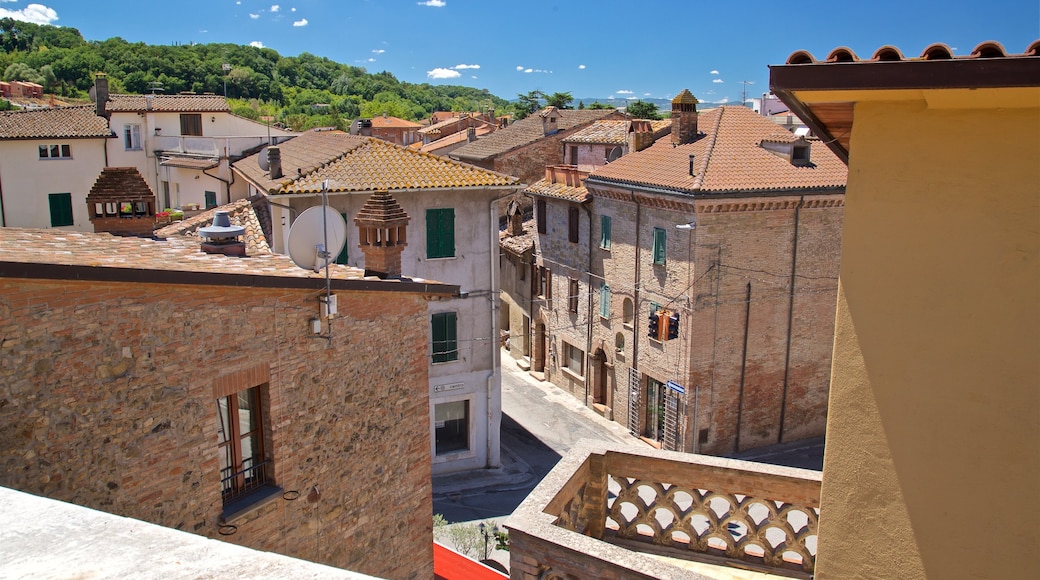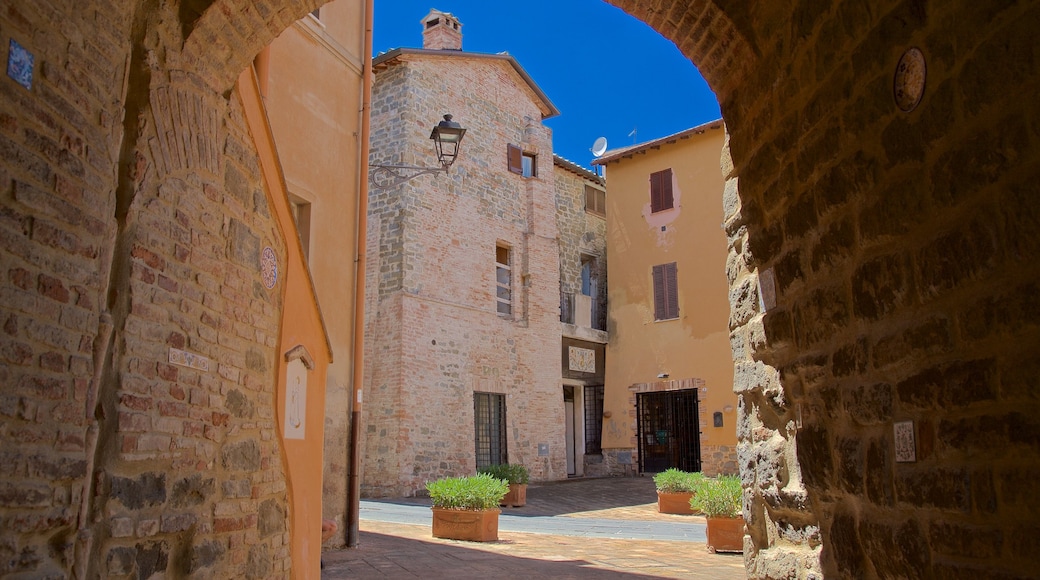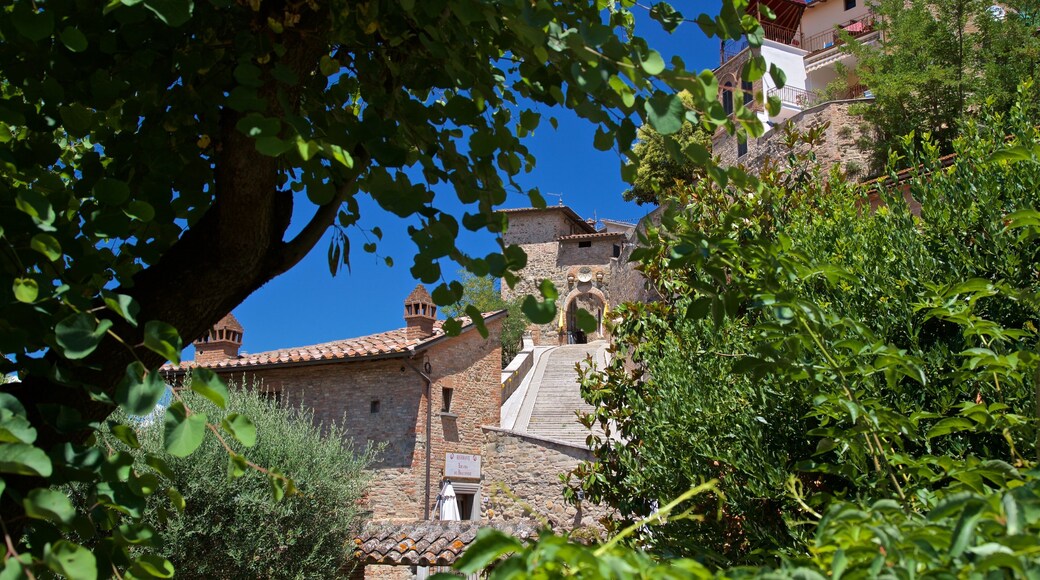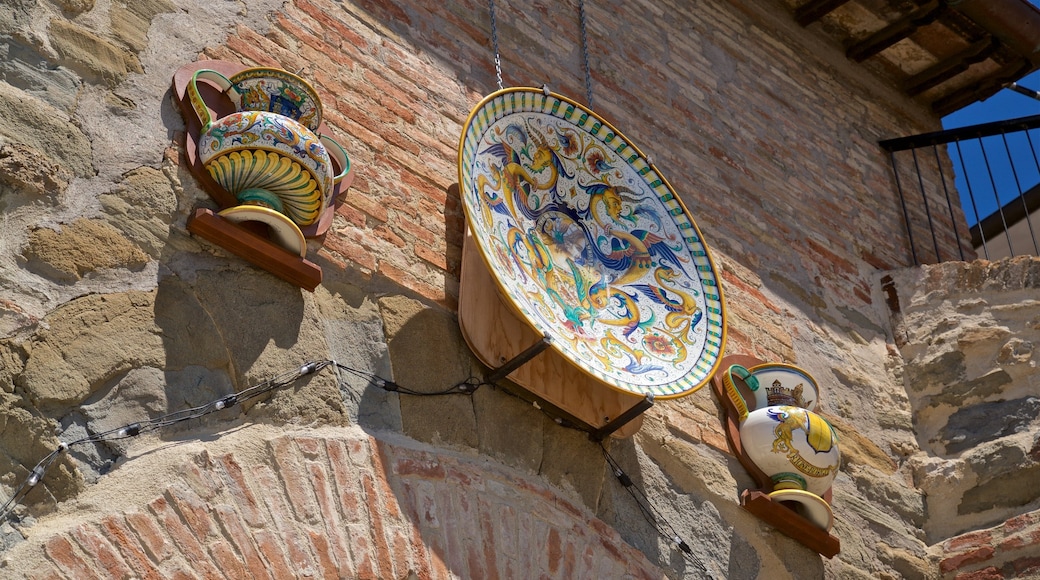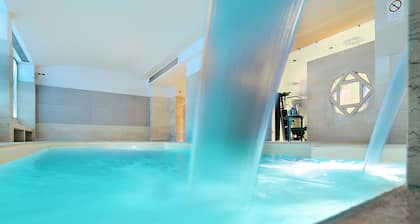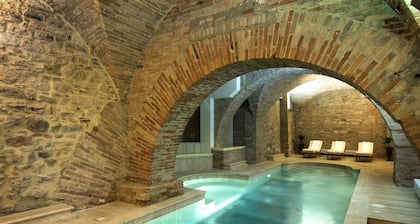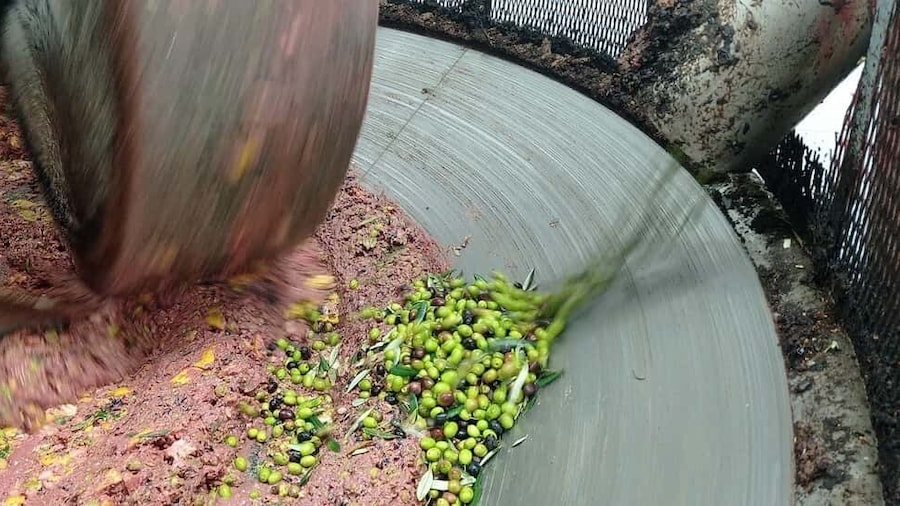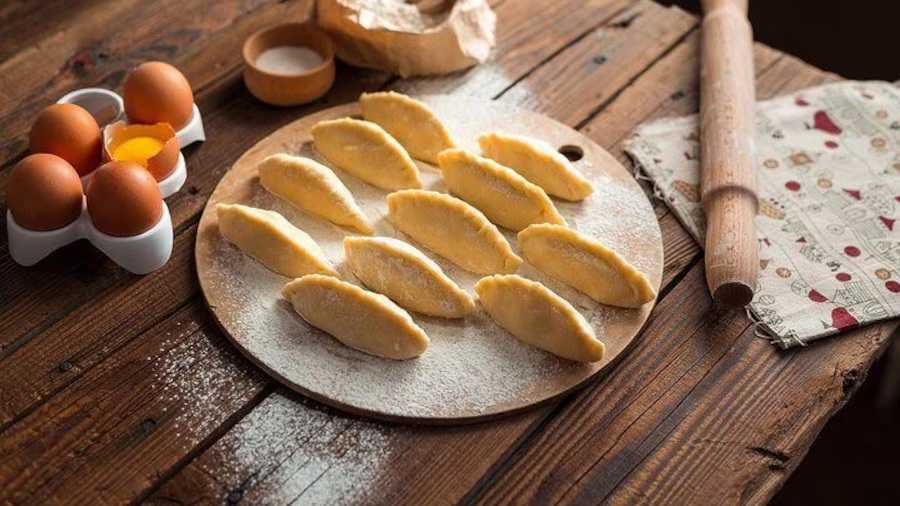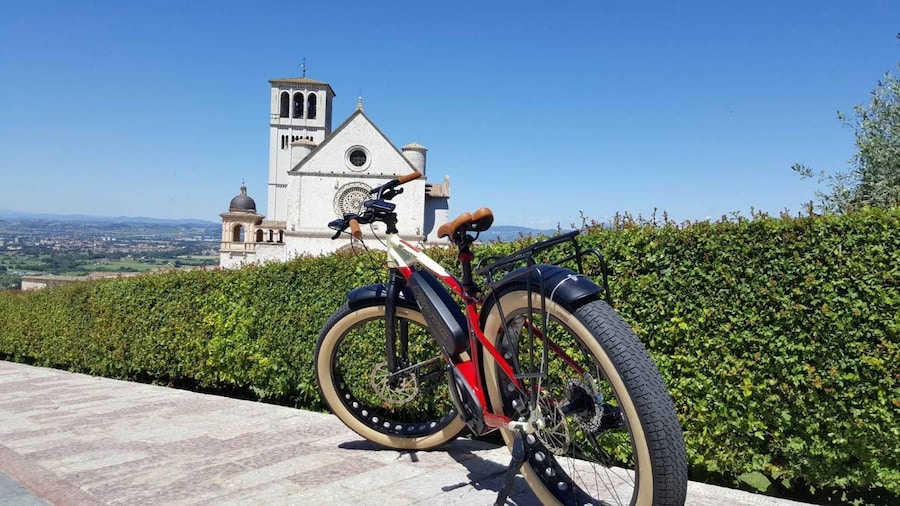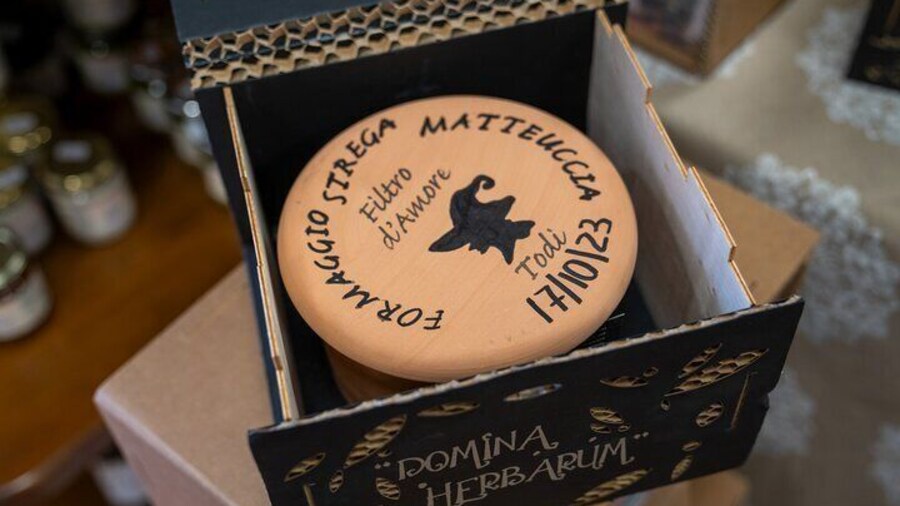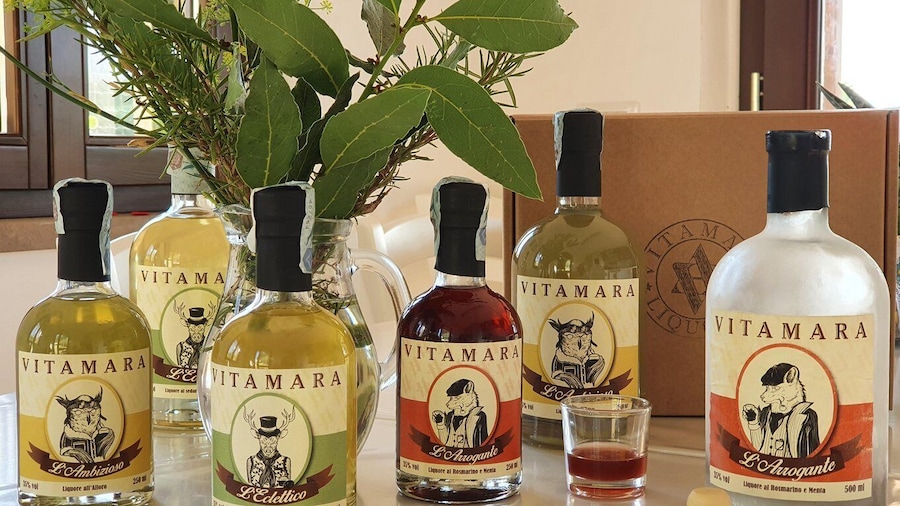Admire the rich colors and intricate patterns of the local pottery, browse medieval streets lined by Gothic architecture and visit one-of-a-kind museums and churches in the Umbrian town of Deruta.
The art of making decorative pottery began in the early Middle Ages. During the Renaissance, local potters mastered the technique of creating the fine earthenware called maiolica, which has colorful decorations adorning an opaque white, tin-glazed surface. Deruta’s "Bella Donna" plates, depicting beautiful ladies, became famous the world over.
Visit some of the maiolica workshops that are dotted around the Centro Storico (Old Town). Traditional pattern designs include Raffaellesco, depicting dragons Galletto, with roosters and Arabesco, decorated with Persian symbols. A special Roman design is Ricco Deruta, with a distinct whirly pattern.
After centuries of wars and invasions, this medieval “comune” was resurrected in the 13th century. Admire the Palazzetto Municipale (Town Hall), built around 1300, in the Piazza dei Consoli (the Square of the Consuls). Go inside to see the pottery in its Museum of Ceramics, paintings by local and international artists in its Pinacoteca (art gallery), and archaeological finds in its grand atrium.
See the 14th-century Gothic Church of San Francesco and the frescoes in the Church of Sant’Antonio. In Piazza Cavour, visit the Church of Madonna del Divino Amore.
For something truly special drive to Il Santuario Madonna del Bagno, a small church just out of town that is filled with hundreds of hanging tiles. The first “ex-voto” tile was placed by a husband whose wife came close to dying in childbirth. When he got home after praying and making vows to the Madonna, he found mother and child alive and well. The good news traveled like wildfire and people came from all over Italy to hang tiles for loved ones that were spared in the same manner. Check out the dates and personal stories on the tiles, with some being over three centuries old.
The provincial capital Perugia is just 25 minutes to the north by car, while Rome is about 2 hours to the south. With such a wonderful collection of ceramics on display everywhere you look, you should at least buy yourself a hand-painted “biscotti” (cookie) jar or a bowl or vase to take home with you, for a lasting memory of your visit to Deruta.
